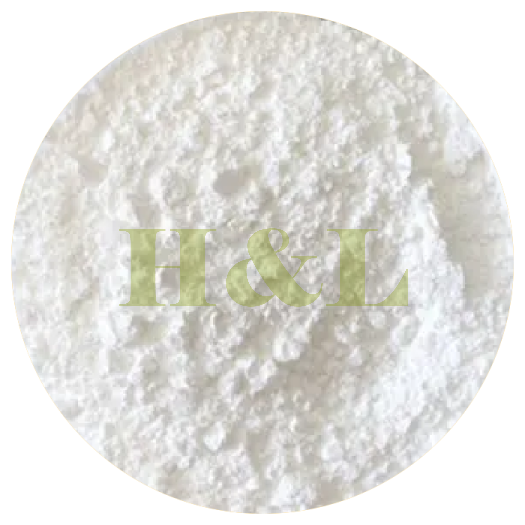Diclofenac is a nonsteroidal anti-inflammatory drug (NSAID) used to relieve pain, reduce inflammation, and lower fever. It is available in two formulations: **Diclofenac Potassium** and **Diclofenac Sodium**, which differ primarily in their formulation and absorption characteristics. Here’s an overview of their usage:
### Diclofenac Potassium
- **Formulation**: Often available as a fast-acting formulation, it is usually found in oral tablets or solution forms.
- **Indications**:
- Treatment of acute pain, including headaches, menstrual pain, dental pain, and postoperative pain.
- Management of conditions such as osteoarthritis and rheumatoid arthritis.
- **Dosage**: Typically administered at a dose of 50 mg to 100 mg per day, divided into several doses. The specific dosage may depend on the severity of the condition and the patient's response.
- **Onset of Action**: Faster than Diclofenac Sodium; can provide relief within a few hours.
### Diclofenac Sodium
- **Formulation**: Available in various forms, including oral tablets, extended-release formulations, topical gels, and injectable solutions.
- **Indications**:
- Similar to Diclofenac Potassium, it is used for pain relief and inflammation reduction in conditions such as arthritis, ankylosing spondylitis, and acute gout attacks.
- The topical formulation is effective for localized pain in joints and muscles.
- **Dosage**: The usual dosage ranges from 75 mg to 150 mg per day, depending on the formulation (immediate vs. extended-release) and the condition being treated.
- **Onset of Action**: May take longer to provide pain relief compared to Diclofenac Potassium.
### Common Side Effects
- Gastrointestinal issues (nausea, vomiting, diarrhea)
- Headaches
- Dizziness
- Skin rashes
### Precautions
- Use cautiously in patients with a history of gastrointestinal issues, cardiovascular disease, or renal impairment.
- Avoid use during the third trimester of pregnancy.
### Conclusion
Both Diclofenac Potassium and Diclofenac Sodium are effective for pain relief and inflammation, but the choice between them may depend on the specific clinical situation, desired onset of action, and individual patient considerations. Always consult a healthcare professional for personalized advice and dosage.




 Guarantee safe
Guarantee safe 






